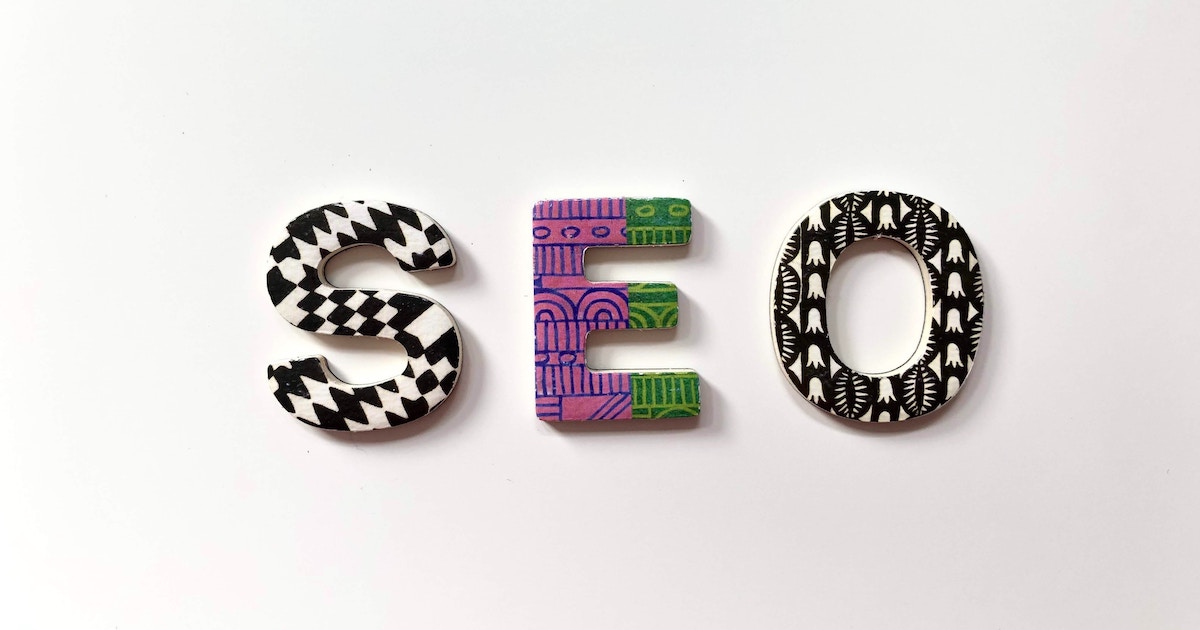As web design evolves, CSS continues to offer new ways to enhance the visual appeal and functionality of websites. One such feature that has gained prominence is the use of border images in CSS. This feature allows designers to create intricate and visually appealing borders for elements, expanding creative possibilities beyond traditional solid or dashed lines. At Interop 2023, border images in CSS emerged as a key focus area, highlighting their significance in modern web design. In this guide, we will explore the concept of border images, their implementation, best practices, and their role in the latest web design trends.
What are Border Images in CSS?
Border images in CSS allow designers to use images as borders for HTML elements. Instead of relying solely on color or pattern, border images enable the use of custom graphics or textures, providing a more dynamic and visually engaging appearance. This feature is especially useful for creating unique design elements and adding a layer of personalization to web pages.
How Border Images Work
The border-image property in CSS is used to specify the image that will be used for the border of an element. The property can be divided into several components:
- border-image-source: Specifies the image to be used as the border.
- border-image-slice: Defines how the image is divided into regions. This determines which parts of the image will be used for the border.
- border-image-width: Sets the width of the border image.
- border-image-outset: Controls the amount by which the border image extends beyond the border box.
- border-image-repeat: Specifies how the border image is repeated, if at all.
Syntax
The basic syntax for the border-image property is as follows:
border-image: [source] [slice] [width] [outset] [repeat];
Example
Here’s a simple example of how to use border images in CSS:
.my-element {
border-width: 10px;
border-image-source: url('border-image.png');
border-image-slice: 30;
border-image-width: 10px;
border-image-repeat: round;
}
In this example:
- border-image-source specifies the image file used for the border.
- border-image-slice sets how the image is sliced to create the border.
- border-image-width determines the width of the border.
- border-image-repeat controls the repetition of the image if it doesn't cover the entire border area.
Benefits of Using Border Images
Enhanced Visual Appeal
Border images offer a higher degree of customization and creativity, allowing designers to create visually stunning borders that align with their design vision. This enhances the overall aesthetic of the website.
Brand Consistency
Using custom border images that align with a brand’s visual identity helps maintain brand consistency. It allows for the integration of brand colors, patterns, and logos into the border design.
Creative Flexibility
Border images provide designers with the flexibility to experiment with various textures, gradients, and patterns, which can make elements stand out and draw attention.
Improved User Experience
A well-designed border can enhance the user experience by making interactive elements more noticeable and visually engaging. It can also be used to highlight important content or calls to action.
Support for Complex Designs
Border images enable the creation of complex and intricate designs that would be challenging to achieve with traditional border styles. This supports more sophisticated and unique web designs.
Best Practices for Using Border Images
Optimize Image Files
To ensure fast loading times and good performance, optimize border image files for the web. Use appropriate formats (such as PNG or SVG) and compress images to reduce file size.
Maintain Design Consistency
Ensure that border images align with the overall design and branding of the website. Consistent use of border images across different elements helps maintain a cohesive look.
Test Across Devices
Test border images on various devices and screen sizes to ensure they display correctly. Pay attention to how images scale and repeat to avoid unexpected visual issues.
Consider Accessibility
Ensure that border images do not interfere with accessibility. For instance, make sure that border images do not obscure text or important content, and that they are visually distinguishable for users with visual impairments.
Use High-Quality Images
Use high-resolution images to ensure that borders appear sharp and clear. Low-quality images may result in pixelation or blurriness, affecting the visual quality of the design.
Avoid Overuse
While border images can be visually appealing, avoid overusing them. Too many border images or overly complex designs can make a website appear cluttered and detract from the user experience.
Ensure Cross-Browser Compatibility
Test border images across different browsers to ensure compatibility. Different browsers may render border images slightly differently, so it’s important to verify consistent appearance.
Use Appropriate Slicing
Properly configure the border-image-slice property to ensure that the border image is sliced and displayed as intended. Incorrect slicing can lead to undesired results and affect the overall design.
Incorporate Responsive Design
Consider how border images will adapt to different screen sizes and orientations. Implement responsive design techniques to ensure that borders look good on both desktop and mobile devices.
Keep it Simple
Sometimes, simplicity is key. Use border images sparingly and opt for simple designs that complement the content rather than overpower it.
Border Images in the Context of Interop 2023
At Interop 2023, border images in CSS were highlighted as a significant area of focus due to their role in modern web design and user experience. The conference emphasized how border images can be leveraged to create engaging and visually appealing web elements. Key takeaways from Interop 2023 include:
Innovation in Web Design
Border images represent a step towards more innovative and creative web design solutions. They allow designers to push the boundaries of traditional styling and explore new possibilities.
Integration with Modern Technologies
Border images integrate well with other modern CSS features such as Flexbox and Grid Layouts. This integration supports the creation of complex layouts and responsive designs.
Enhanced User Interaction
By using border images, designers can enhance user interaction with visually appealing elements that capture attention and guide users through their web journey.
Emphasis on Performance
Performance considerations were a key focus, with discussions on optimizing border images to ensure fast loading times and smooth user experiences.
Cross-Platform Consistency
Ensuring consistent appearance of border images across different platforms and devices was emphasized, highlighting the importance of thorough testing and optimization.
FAQ:
1. What is the border-image property in CSS?
The border-image property in CSS allows designers to use images as borders for HTML elements, providing a way to create custom and visually appealing border styles.
2. How do I specify the image for the border using CSS?
Use the border-image-source property to specify the image file you want to use for the border. For example: border-image-source: url('border-image.png');.
3. What is the purpose of the border-image-slice property?
The border-image-slice property defines how the border image is divided into regions. It determines which parts of the image are used for the border and how they are scaled.
4. How can I ensure my border images are optimized for performance?
Optimize border images by using appropriate formats (such as PNG or SVG) and compressing the files to reduce their size. This helps improve loading times and overall performance.
5. Can border images be used in responsive design?
Yes, border images can be used in responsive design. Ensure that images are tested across different screen sizes and orientations to maintain a consistent appearance.
6. How do I prevent border images from interfering with accessibility?
Ensure that border images do not obscure text or important content. Use high-contrast images and provide sufficient visual distinction to accommodate users with visual impairments.
7. What should I consider when using border images across different browsers?
Test border images across various browsers to ensure consistent rendering. Different browsers may handle border images slightly differently, so it’s important to verify compatibility.
8. How can I incorporate border images into modern CSS layouts?
Border images integrate well with modern CSS features like Flexbox and Grid Layouts. Use them in conjunction with these layout techniques to create complex and responsive designs.
9. What are some common mistakes to avoid when using border images?
Common mistakes include using low-quality images, overusing border images, and neglecting performance optimization. Avoiding these pitfalls ensures that border images enhance rather than detract from the design.
10. How do I keep my border images consistent with the overall design?
Maintain design consistency by using border images that align with the brand’s visual identity and overall design theme. Ensure that the images complement the content and do not overpower it.
Get in Touch
Website – https://www.webinfomatrix.com
Mobile - +91 9212306116
Whatsapp – https://call.whatsapp.com/voice/9rqVJyqSNMhpdFkKPZGYKj
Skype – shalabh.mishra
Telegram – shalabhmishra
Email - info@webinfomatrix.com

.jpg)






 English (US) ·
English (US) ·